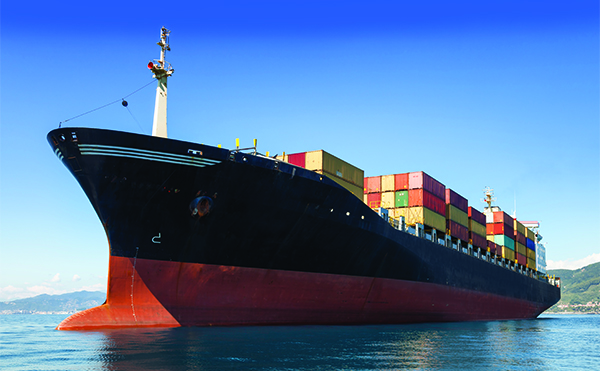More evidence that the ocean cargo sector is initiating digital advances surfaced recently in a global port terminal survey conducted by Navis, a part of Cargotec Corporation.
According to Navis researchers, increasing numbers of terminals are using higher levels of automation to improve productivity and efficiency and ultimately raise their competitive advantage in the market. Respondents to the customer survey show that a majority of terminal operators (74 percent) clearly believe that automation in some form (full, equipment or process automation) will be critical to stay competitive in the next 3-5 years.
The results from the survey, titled Challenges and Opportunities for Automation, gathered from over 75 Navis customer respondents at various stages of automation, delve into current views on the importance of automation, future plans for automation projects, perceived benefits and challenges, as well as projected improvements to productivity and operational costs achieved through automation.
Navis customers are among those actively exploring the potential for automation including:
- 20 percent of respondents are already fully automated and 13 percent are investigating this option
- 37 percent already have process automation and 40 percent are investigating this option
- 21 percent already have automated equipment and 24 percent are investigating this option
“Within the next 20 years, I believe it's not only possible, but likely, that we'll see a fully autonomous transport chain. This could extend from loading and stowage of the container, autonomous sailing to its destination, unloading by automated cranes and then finally being loaded on to autonomous trucks and trains for the final destination,” said Raj Gupta, CTO of Navis.
However, Gupta cautioned, while the potential is there, there are still several barriers that need to be overcome in order to make automation a realistic option for even the smallest terminal operators
He noted that automated terminals can deliver consistent performance hour after hour each day and reduce the chances of interruption due to job actions.
Chuck Schneider, Vice President and General Manager, EMEA at Navis told SCMR in an interview supply chain managers reliant on terminal optimization have been exploring these upgrades in some capacity and believe automation can help them realize important benefits.
These include increased operational safety (65%), better operational control and consistency (62%), lower overall terminal operational costs (58%) and increase operational productivity (53%). While the expected benefits are clear, many are taking a more cautious approach and have expressed reservations about the challenges of successfully implementing automation and ultimately proving it is worth the investment. The top challenges cited by respondents are the costs are too high (68%), lack of skills or resources to implement and manage automation (52%), challenges with labor unions (44%) and the time it takes to implement (30%).
Despite the various views, the true driver of automation will be the potential ROI that can be achieved. As terminals achieve their goals and capitalize on their investment, more terminals around the world are likely to make upgrades of their own.
According to the survey, the projected outcomes for automation include:
- 30 percent believe automation could increase productivity by 26-50%
- 29 percent believe automation could increase productivity by 16-25%
- 19 percent believe automation could reduce operational costs by more than 50%
- 29 percent believe automation could reduce operational costs by 26-50%
- 33 percent believe automation could reduce operational costs by 16-25%
Navis shared its findings at the recently-concluded Container Terminal Automation Conference in London. During that event, Navis executives expanded on the future of AI and automation, and planning processes across an intelligent supply chain.
SC
MR


More Automation
- Tech investments bring revenue increases, survey finds
- Survey reveals strategies for addressing supply chain, logistics labor shortages
- Six Factors to Consider Before Automating Warehouses
- From Whiteboard to Warehouse: Writing an Effective Warehouse Automation RFP
- 2023 Warehouse/DC Operations Survey: Automating while upping performance
- Fast Tracking ROI: Agile Logistics through Automation, AI, and Optimization
- More Automation
Latest Podcast

 Explore
Explore
Topics
Business Management News
- Joseph Esteves named CEO of SGS Maine Pointe
- Employees, employers hold divergent views on upskilling the workforce
- April manufacturing output slides after growing in March
- Q1 sees a solid finish with positive U.S.-bound import growth, notes S&P Global Market Intelligence
- 6 Questions With … Sandeep Bhide
- MIT CTL offering humanitarian logistics course
- More Business Management
Latest Business Management Resources

Subscribe

Supply Chain Management Review delivers the best industry content.

Editors’ Picks





